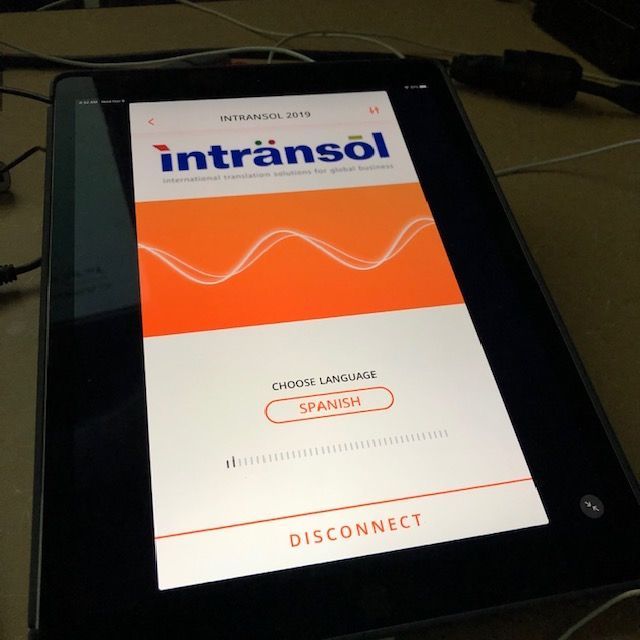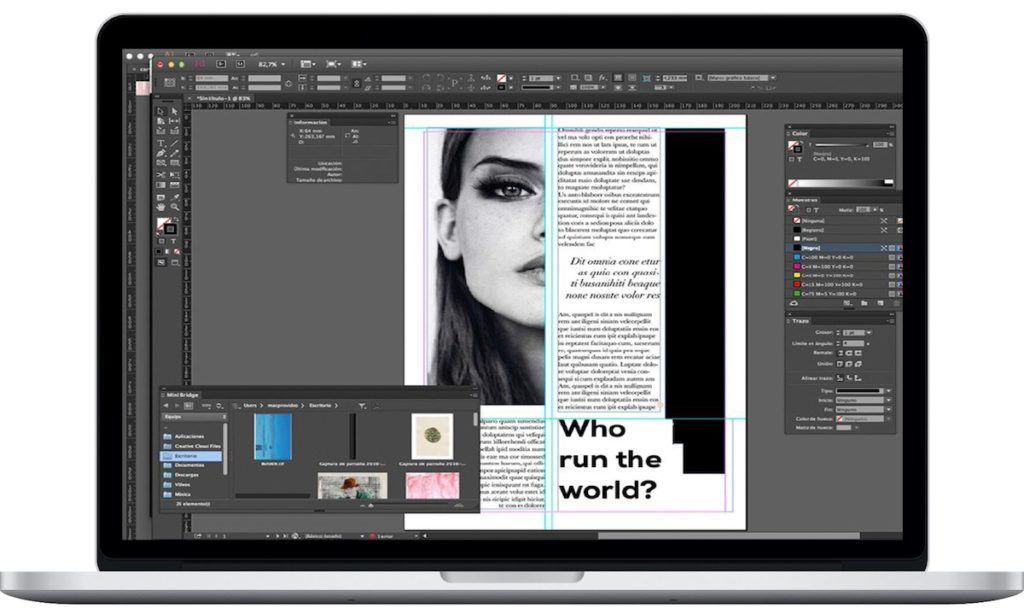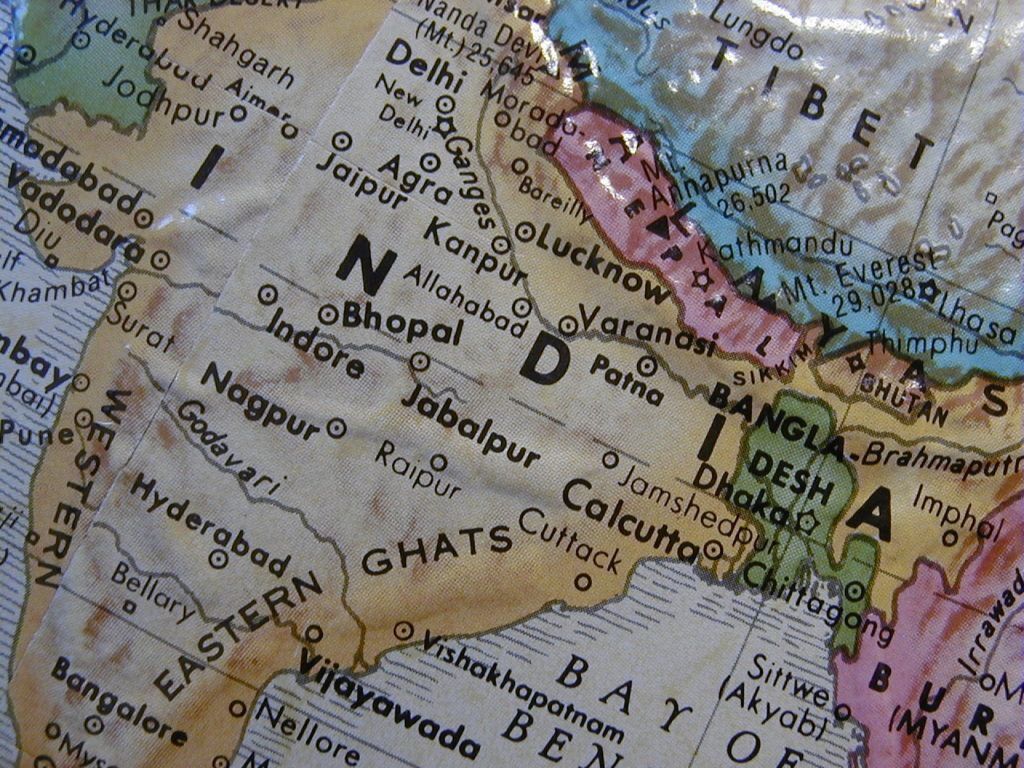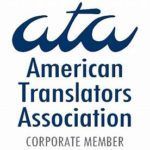Simplified versus Traditional Chinese
Many of our clients ask when translating or localizing content to Chinese whether they need to translate it to Simplified Chinese or Traditional Chinese characters. For U.S. companies doing business with the Chinese, it is important to use the correct language in their business correspondence, advertising brochures, contract documents and business cards. The Chinese written language has two styles. The first uses Traditional Characters (“Fan Ti”) while the second uses Simplified Characters (“Jian Ti”). Traditional Characters are used in Taiwan and Hong Kong, and Simplified Characters are used in Mainland China.
When in doubt…
If you have not identified or are not sure of your target market among mainland China, Taiwan, or Hong Kong, all printed materials should be in Traditional Characters. Many Chinese mainlanders, especially those in the business world, do recognize and understand the Traditional Characters (even though they prefer Simplified Characters). It is culturally incorrect and offensive, however, to use Simplified Characters in Taiwan and Hong Kong. Using the correct language shows the sincerity and courtesy of a foreign company to Chinese businesses and consumers.
In addition to two styles of written language, there exist several dialects of the spoken language. Within the Chinese language family, there is the standard spoken language, Mandarin Chinese, as well as many local dialects such as Cantonese, Taiwanese, Shanghai-ese, etc. Mandarin Chinese is the official spoken language in mainland China and Taiwan. Cantonese is spoken in Hong Kong and the Guangdong Province of mainland China. Cantonese is not a written language. A Cantonese “translator” is someone who orally interprets the language.
The post Simplified versus Traditional Chinese appeared first on intransol.

















































